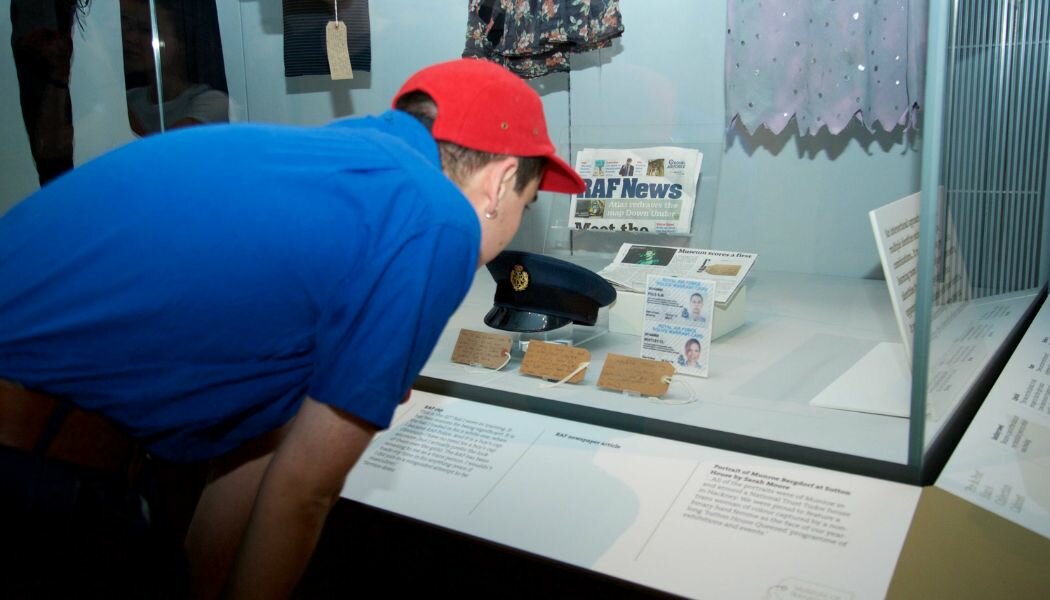The team behind the recently published trans-inclusion guidance for museums and galleries has responded to criticism of its approach.
The document, published by the Research Centre for Museums and Galleries (RCMG) at the University of Leicester, sets out an ethical framework to support cultural organisations to advance trans inclusion.
New guidance for trans inclusion in museums, galleries and heritage organisations
The report was developed by Suzanne MacLeod, Richard Sandell, Sharon Cowan, and E-J Scott, who have now issued a statement in response to critical media coverage.
In joint statement, they write: “We took the decision as a team early on not to respond to articles that misrepresented the guidance or sensationalised the issue. However, recent suggestions that the guidance is flawed and contains outdated information need to be addressed so that cultural organisations can continue to use the Guidance with confidence.”
Among the criticism is a recent publication in Arts Professional written by former Relationship Manager at Arts Council England Denise Fahmy and Discrimination Law Solicitor Audrey Ludwig, which argues that the guidance “does not accord gender critical people the same respect as those who believe in gender identity” and claims the guidance “could even expose museums to legal challenge”.
MacLeod, Sandell, Cowan and Scott write that “it is important to recognise that initiatives to improve trans inclusion are not discriminating against individuals or groups which have other protected characteristics.
“Inclusion work is not a zero-sum game – as it clearly states in the Guidance, work to advance trans inclusion has to be undertaken alongside work to improve women’s rights, to advance race equity, tackle disability discrimination and so on. It is not discriminatory to generate specialist guidance and practice around a particular characteristic – to take forward, for example, race equity action plans or trans inclusive practice.”
The statement argues that some comments in the media about the introduction of gender neutral toilets have been misrepresented, and qualifies that the guidance recommends separate male and female toilets as well as all gender toilets, “an approach that is widely supported by people with widely divergent views on gender and trans inclusion.”
The statement concludes: “There is room in museums for all of us and whilst we celebrate the freedom in a democratic society to hold our own beliefs, we must also acknowledge that this comes with a responsibility to recognise and respect the right we all have to live with dignity.”










